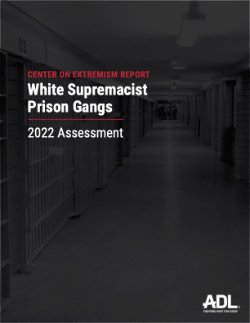By Theodore Greenfelder; Dana L. Haynie ; Derek A. Kreager; Sara Wakefield; Sam Nur; Julia Dillavou
This study extends a previous study, the Prison Inmate Networks Study (PINS), which focused on the social organization within a men’s prison unit. These two studies enable gender comparisons that reveal potential differences and similarities in prison social structure and health in men’s and women’s prisons. The current project involving women’s prisons was conducted in three phases. Phase 1 involved the design and implementation of a network and health survey administered to residents in three women’s units in a minimum-security prison and a maximum-security prison. This was done to determine the informal social structures within the prison units and prisoners’ positions within those structures. Phase 2 identified and recruited Phase 1 participants who were release-eligible within 1 year of the baseline survey. These women were administered semi-structured interviews prior to release to determine their future concerns and expectations regarding reentry, with a focus on mothers’ plans and expectations for child reunification. Phase 3 interviewed paroled prisoners and their children 1 year after release to determine the status of their family reunification and well-being. Thus far, this study’s findings reveal the complexity of women’s prison social systems, with implications for correctional policy. There was a more fluid social system in the women’s prisons than in the men’s prisons, which requires daily attention from correctional staff and prisoners. Prison pseudo-families were present to provide support and caring behaviors. Although analyses of pre-release and post-release interviews are ongoing, important lessons are reported on the data-collection process.
Washington, DC: U.S. National Institute of Justice, 2021. 55p.





















